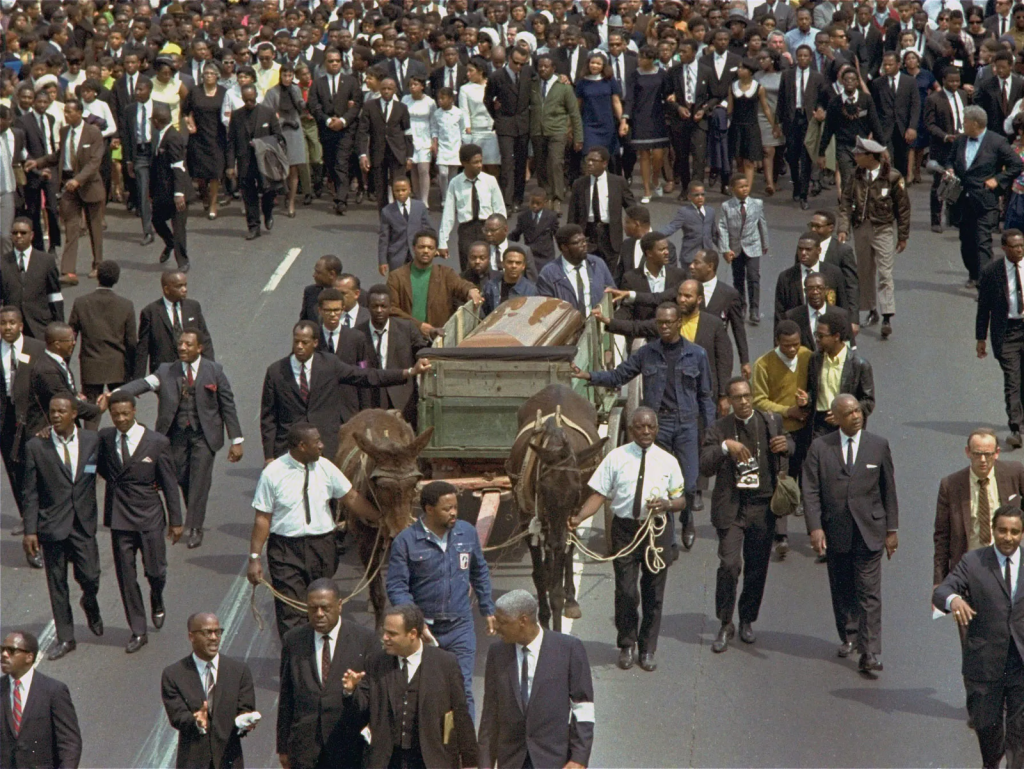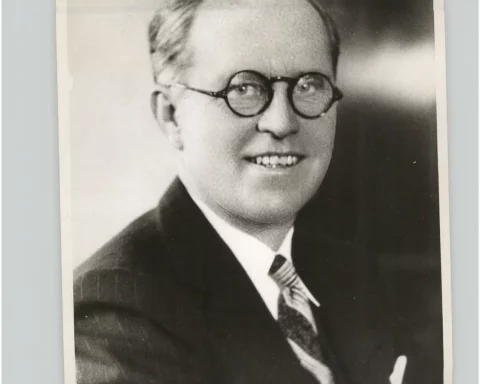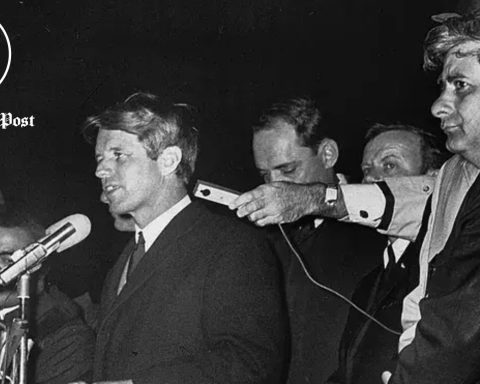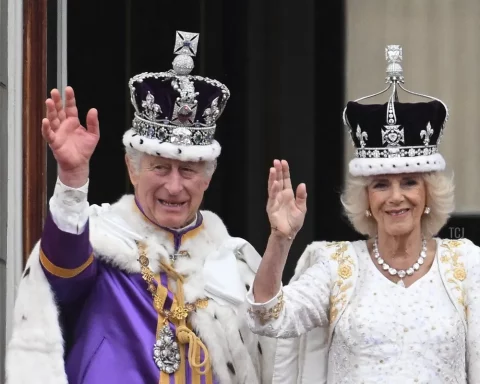On April 4, 1968, shortly after six o’clock, 39 years old Martin Luther King Jr. is shot and killed outside his second-floor room at the Lorraine Motel in Memphis, Tennessee. The civil rights activist was in Memphis to support a strike by sanitation workers when he was shot in the jaw and had his spinal cord severed while walking to supper. Martin Luther King Jr arrived at a hospital in Memphis and was later declared deceased.

Martin Luther King Jr grew more worried about the issue of economic inequality in America in the months leading up to his assassination. In order to bring attention to the problem, he organized the Poor People’s Campaign, which included a march on Washington. In March 1968, he visited Memphis in support of the badly treated African-American sanitation workers. On March 28, King led a workers’ protest march that resulted in violence and the murder of an African American teen. King departed the city but promised to stage another protest there in early April.
On April 3, back in Memphis, Martin Luther King Jr gave his last sermon, saying, “We’ve got some difficult days ahead. But it really doesn’t matter to me now, because I’ve been to the mountaintop … And He’s allowed me to go up to the mountain. And I’ve looked over, and I’ve seen the Promised Land. I may not get there with you. But I want you to know tonight that we, as a people, will get to the promised land.”

He was shot and killed by a sniper. National Guard soldiers were stationed in Memphis and Washington, D.C. as riots broke out across the country as news of the murder spread. King was buried in Atlanta, Georgia, where he had grown up, on April 9. As King’s coffin was transported by two mules in a wooden farm wagon through the streets, tens of thousands of people stood in the streets to pay their respects.
A Remington.30-06 hunting rifle was discovered on the sidewalk next to a lodging facility the evening of Martin Luther King Jr’s assassination, just a block from the Lorraine Motel. The gun, witness accounts, and fingerprints on the weapon all pointed to James Earl Ray, an escaped prisoner, over the course of the following few weeks. As a two-bit criminal serving time for a holdup, Ray escaped from a Missouri jail in April 1967. A massive search for Ray started in May 1968. The FBI ultimately came to the conclusion that he had used a false identity to easily acquire a Canadian passport at the time.

Investigators from Scotland Yard detained Ray at a London airport on June 8. He later admitted that his ultimate aim was to travel to Rhodesia by flying to Belgium. At the time, an oppressive and widely denounced white minority administration was in charge of Rhodesia, now known as Zimbabwe. In order to escape the electric chair after being extradited to the US, Ray appeared before a Memphis judge in March 1969 and admitted to killing King. 99 years in jail were imposed on him.
He made an attempt to change his plea to not guilty three days later, saying he was not responsible for King’s murder and had been used as a pawn in a larger plot. He asserted that a mysterious man by the name of “Raoul” had contacted him and convinced him to join a gun-running operation in 1967. He claimed that on April 4, 1968, he fled to Canada after realizing that he was going to be blamed for the King’s murder. Ray’s petition and the numerous other trials he requested over the following 29 years were all rejected.

Martin Luther King Jr.’s widow and children openly defended Ray and his allegations in the 1990s, declaring him innocent and raising the possibility of an assassination plot involving the American government and military. Conspiracy theorists believed that there was indirect evidence linking U.S. officials to the events. J. Edgar Hoover, the director of the FBI, was fascinated with King because he believed he was a communist.
ALSO READ: Martin Luther King Jr. Looks to God in New Statue
In the final six years of his life, Martin Luther King Jr was subjected to ongoing FBI surveillance and abuse. U.S. military intelligence kept an eye on Dr. King up until his death; they may have been asked to do so after King openly opposed the Vietnam War in 1967. Furthermore, King was gaining few new allies in the Cold War-era U.S. government by advocating for radical economic changes in 1968, such as universal guaranteed annual incomes.
The House Select Committee on Assassinations, the district attorney’s office in Shelby County, Tennessee, and the U.S. Justice Department have all re-examined the murder over the years. All of the inquiries came to the same conclusion: Martin Luther King Jr was killed by James Earl Ray. The House committee speculated that Ray may have had one or more accomplices in a low-level conspiracy, but they were unable to find any proof to support this hypothesis.
ALSO READ: Horrible Memories Of The Attempted Reagan Assassination
Ray had a clear reason for killing King: hatred. This was in addition to the overwhelming amount of evidence against him, such as his fingerprints on the murder weapon and his acknowledged presence at the rooming house on April 4. He was an outspoken racist who told his family and friends that he intended to murder Dr. Martin Luther King Jr., according to his family and friends. He died in 1998.





[…] April 4: Gruesome Murder Of Martin Luther King Jr […]
[…] April 4: Gruesome Murder Of Martin Luther King Jr […]
[…] READ: April 4: Gruesome Murder Of Martin Luther King Jr […]